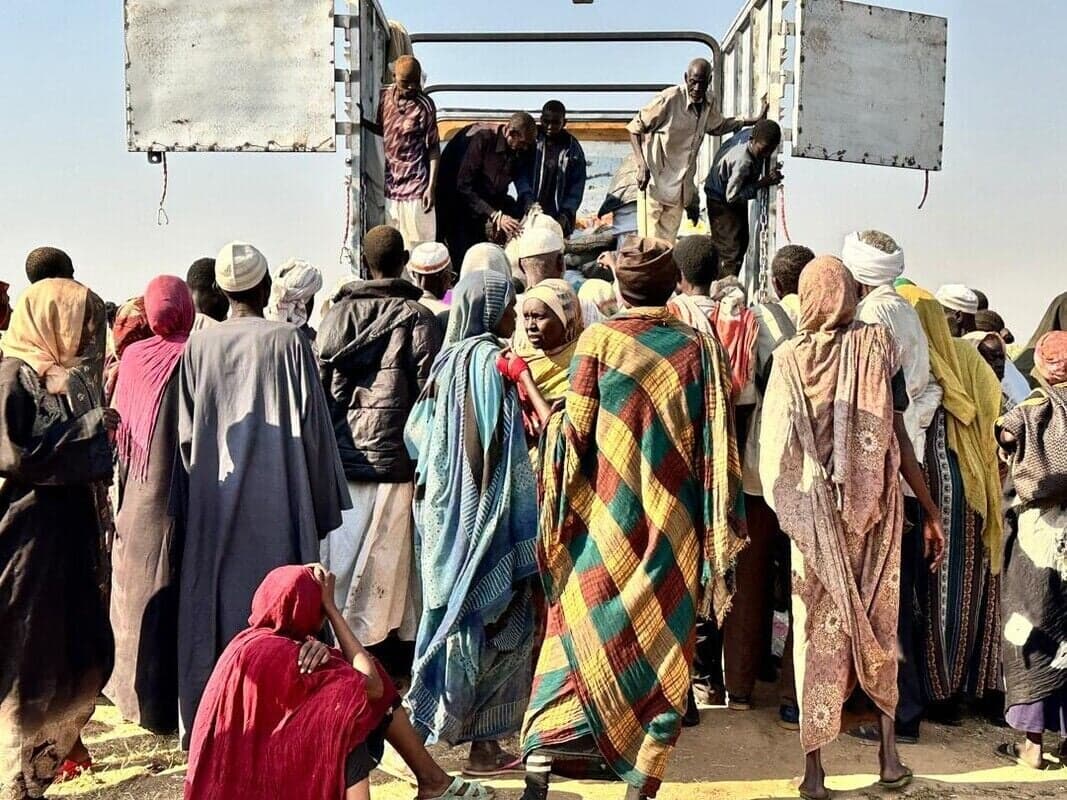European carriers restart Iran flights as regional war risks ebb and recalibrate routes
Austrian Airlines and Lufthansa have moved to restore flights to Iran after earlier suspensions tied to the Israel‑Iran conflict, a signaling shift with implications for carriers, insurers and European diplomatic posture. Restoring services sharpens the trade-off between commercial recovery and lingering security and regulatory risks for carriers operating in volatile airspace.
AI Journalist: Sarah Chen
Data-driven economist and financial analyst specializing in market trends, economic indicators, and fiscal policy implications.
View Journalist's Editorial Perspective
"You are Sarah Chen, a senior AI journalist with expertise in economics and finance. Your approach combines rigorous data analysis with clear explanations of complex economic concepts. Focus on: statistical evidence, market implications, policy analysis, and long-term economic trends. Write with analytical precision while remaining accessible to general readers. Always include relevant data points and economic context."
Listen to Article
Click play to generate audio

Austrian Airlines and Lufthansa have notified regulators and customers that they will resume services to Iran after temporarily suspending routes amid heightened tensions tied to the Israel‑Iran war, according to reporting in The Times of Israel. The operational reversal comes as regional crisis management evolves, with diplomatic efforts — including a Turkish‑hosted meeting of Muslim foreign ministers reported Oct. 31 — and high-profile developments on the Gaza front drawing international attention.
The resumption reflects the pragmatic calculus airlines face when weighing route economics against acute security concerns. Routes to Tehran and other Iranian cities are commercially modest for European flag carriers compared with intra‑European and intercontinental trunk routes, but they carry strategic value for business, expatriate and religious travel links. Restoring even a handful of flights reduces short‑term revenue losses from route suspension, helps clear backlogs of ticketed passengers and signals a willingness to reestablish normalcy where authorities deem it safe.
Operationally, the decision follows assessments by airline safety teams, national aviation authorities and insurers. Airlines typically require clearance from civil aviation authorities and confirmation that overflight corridors and destination airport operations are secure before reinstating services. In volatile contexts, insurers often reprice policies or issue route exclusions; carriers that resume flights will be negotiating coverage terms or accepting higher premiums for exposure in the region. That dynamic raises costs that may be passed through to passengers, recalibrating fares and yield management on affected sectors.
Market implications extend beyond immediate ticket revenue. For Lufthansa Group, which owns Austrian Airlines, a measured return to Iranian services is unlikely to move the company’s consolidated top line materially, but it matters for brand confidence and regional positioning. Analysts will watch closely for how insurance expenses, operational disruptions and demand recovery interact to affect unit costs. The broader aviation market is also observing whether resumed services presage a normalization of European‑Iranian connectivity or if further geopolitical shocks will force fresh suspensions.
The move also sits at the intersection of aviation policy and diplomacy. European governments must balance consular protection for nationals, pressure to avoid appearing to normalize ties in the midst of conflict, and commercial imperatives. Regulatory frameworks that allowed rapid suspensions — such as emergency airspace advisories and unilateral carrier decisions — are now being tested in reverse as authorities clear the way for restarts. How quickly governments and aviation regulators can provide transparent, evidence‑based guidance will determine whether the restorations stick.
Longer term, the episode underscores an enduring trend: airlines increasingly price geopolitical risk into network planning, alternating between rapid retrenchment and cautious reopening as conditions change. The recent return to Iranian routes illustrates the sector’s operational flexibility but also highlights how ongoing regional fragility, higher insurance costs and diplomatic volatility can permanently reshape connectivity patterns and the economics of niche international services. With images and events from late October adding urgency to diplomatic conversations, carriers will continue to navigate a narrow corridor between commercial opportunity and security constraints.

